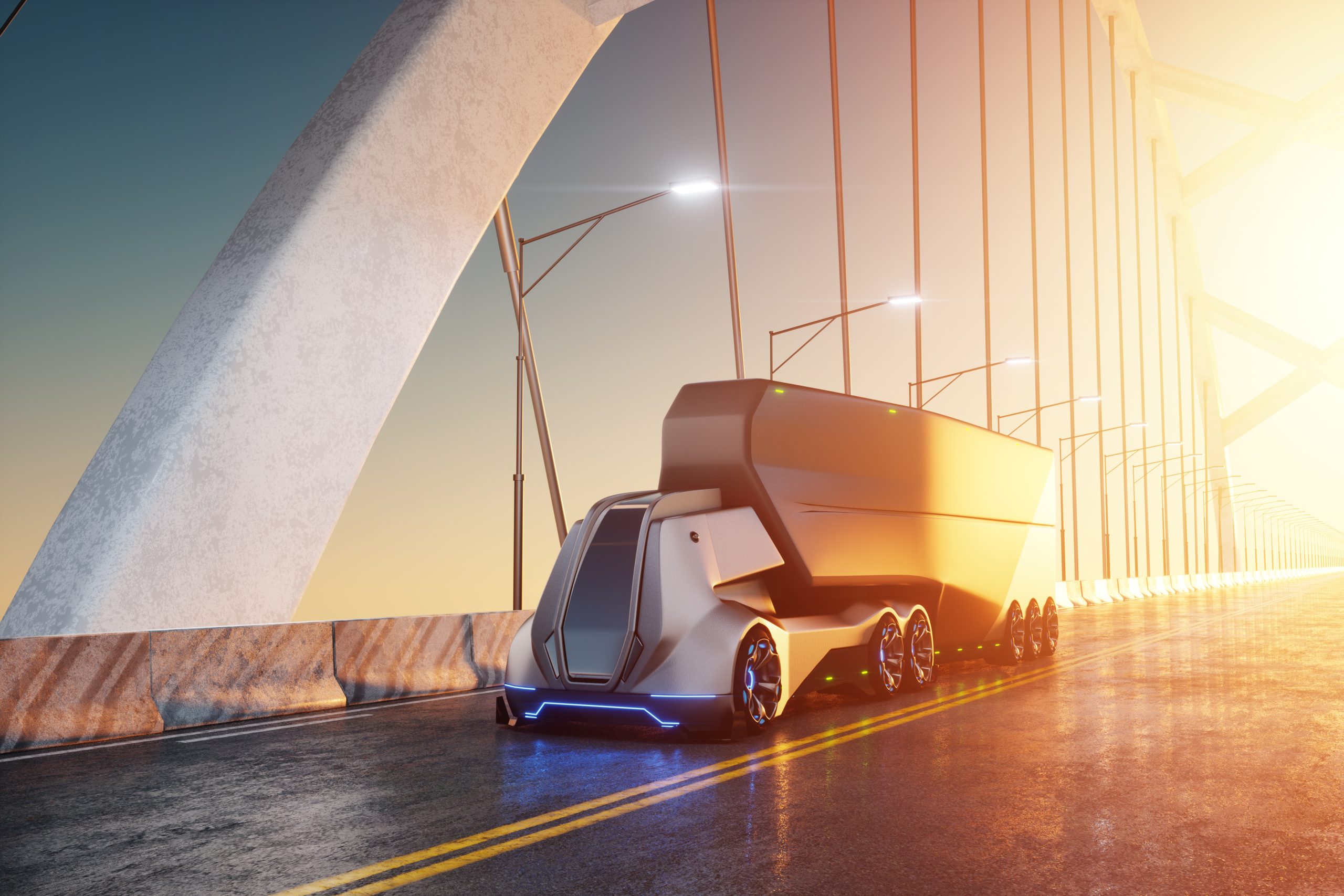LiDAR Technologies for Autonomous Trucks
LiDAR Technologies for Autonomous Trucks
Uses of LiDAR technology
The use of LiDAR technology in autonomous vehicles has increased significantly during the last several years. Autonomous vehicles driven by LiDAR technology can bypass traditional constraints. Not to mention, they have managed to disrupt the entire automotive industry. From Texas to Washington to California, self-driving vehicles have started to become mainstream in several states in the United States and other areas of the rest of the globe. Similarly, the adoption of autonomous trucks is rising globally. However, it is vital to note that autonomous truck mobility is still limited and depends on driving conditions and testing areas.
Combination Of Technologies
A combination of technologies helps trucks to drive autonomously. Contrary to common misconceptions, autonomous trucks are more than capable of handling complex situations smoothly. A decade ago, the idea of driverless trucks becoming commonplace would have seemed absurd to most people. Thankfully, technology has advanced to the point where self-driving trucks powered by LiDAR and RADAR technologies are now a reality.
Brief Of LiDAR
LiDAR has been around for decades and is based on light detection and ranging. However, with the advent of lasers, its use cases have expanded to include sectors like surveying and mapping, archeology, military, geology, and agriculture. With increased innovation in LiDAR beam guiding technology, advancement in autonomous cars and ADAS, or advanced driver assistance systems, is accelerating.
Technically, a consistently rotating LiDAR device transmits thousands of laser-based pulses a second. Consequently, pulses come into contact with the surrounding or close objects and render a reflection. The reflected light creates a 3D-directed or pointed cloud. Within an onboard computer system, the laser reflection translates into a point cloud, which then turns into a 3D animated representation.
Crucial To Understand
It is crucial to understand that this 3D representation is the result of measured light speed and distance covered. And this, in turn, determines the position of the autonomous truck and the surrounding objects. At its core, 3D representation tracks the total distance between the vehicles in front and the vehicles passing by and directs the brakes to stop or slow down the truck. Once the obstacles are clear, it accelerates the truck.
LiDAR technologies help self-driving trucks to achieve a smooth ride, improve their overall safety and ensure that they are less vulnerable to accidents.
It is estimated that LiDAR would account for a potential valuation of $8.4 billion by 2033, It is a massive market that is bound to support a wide range of automotive applications.
It can also pave the way for other applications like smart city, advanced mapping, and robotics.
LiDAR technologies can potentially drive growth in the automotive market and bring new players into the fold.
Autonomous Truck Companies Adopting LiDAR
Let’s look at a few LIDAR startups transforming the autonomous truck space:
1. Ouster
Ouster is a renowned developer of LiDAR-powered sensors. It develops LiDAR sensors with short, mid, and long-range to support 3D sensing and high-resolution applications. The company provides solid-state LiDAR sensors with a custom SPAD detector and VCSEL laser chip. Manufacturers can use this for robotic automation and ADAS. Autonomous trucking company Plus has entered into an agreement with Ouster to use its LIDARS in Plus’ autonomous trucks for deployment across USA, China, and Europe.
2. Quanergy
Quanergy develops AI-powered LiDAR sensing solutions and continues to partner with players like Fabrinet to improve its development process of LiDAR sensors across the world. In terms of LiDAR sensing and AI-based sensing solutions, the company offers software and hardware solutions. It also offers several products like mechanical LiDAR sensors, perception software, and solid-state LiDAR sensors. The company’s LiDAR based on Optical Phased Array (OPA) technology has reached an industry-first range of 250 m, making it ideal for use in autonomous trucks.
3. LeddarTech
LeddarTech develops LiDAR-based vision and perception solutions for advanced driver assistance systems and self-driving vehicles. Last year, LeddarTech partnered with Seoul Robotics to create an advanced real-time perception solution to support its flagship Leddar Pixell product. Long-haul trucks, delivery vehicles, construction vehicles, and mining vehicles may all benefit from Leddar Pixell LiDAR.
4. Cepton
Cepton is a prominent developer of LiDAR positioning sensors that cater to autonomous applications including autonomous trucks. Long-range LiDARs, automotive-grade LiDARs, and ultra-high frame rate LiDARs are among the directional LiDAR models developed by the business. One of the company’s strategic moves was to collaborate with Fabrinet to develop a flagship automotive LiDAR system.
5. Aeva
Aeva develops custom LiDARs to accelerate the process of bringing autonomous vehicles into the market. To be specific, Aeva has developed a custom 4D LiDAR that features sensing capabilities of up to 500 meters on one chip. As a result, it would help autonomous trucks to make instant decisions on the road.
Aeva has partnered with several developers to ensure that autonomous trucks become a reality. For example, companies like Tesla and Waymo are collaborating with Aeva. The company is also partnering with other autonomous truck experts like “Plus” and “TuSimple.”
Aeva was founded by former Apple engineers and their LiDARs find use in a broad range of applications like automated driving, industrial robotics, and security.
What Next?
The most recent updates in autonomous technologies are transforming the trucking industry. Auto manufacturers are hoping to enter a brighter future where connected and self-driving vehicles are more secure and efficient. With each passing year, more number of trucking businesses will embrace autonomous LiDAR systems.
As more companies integrate and incorporate LiDAR sensors into their trucks, the burden of obligation on business leaders worldwide to move past conventional and outdated technologies will increase. They will adopt solutions that match user expectations, increase functionality through LiDAR upgrades and will keep up with the evolving shift in the autonomous trucking sector.







Leave a Comment